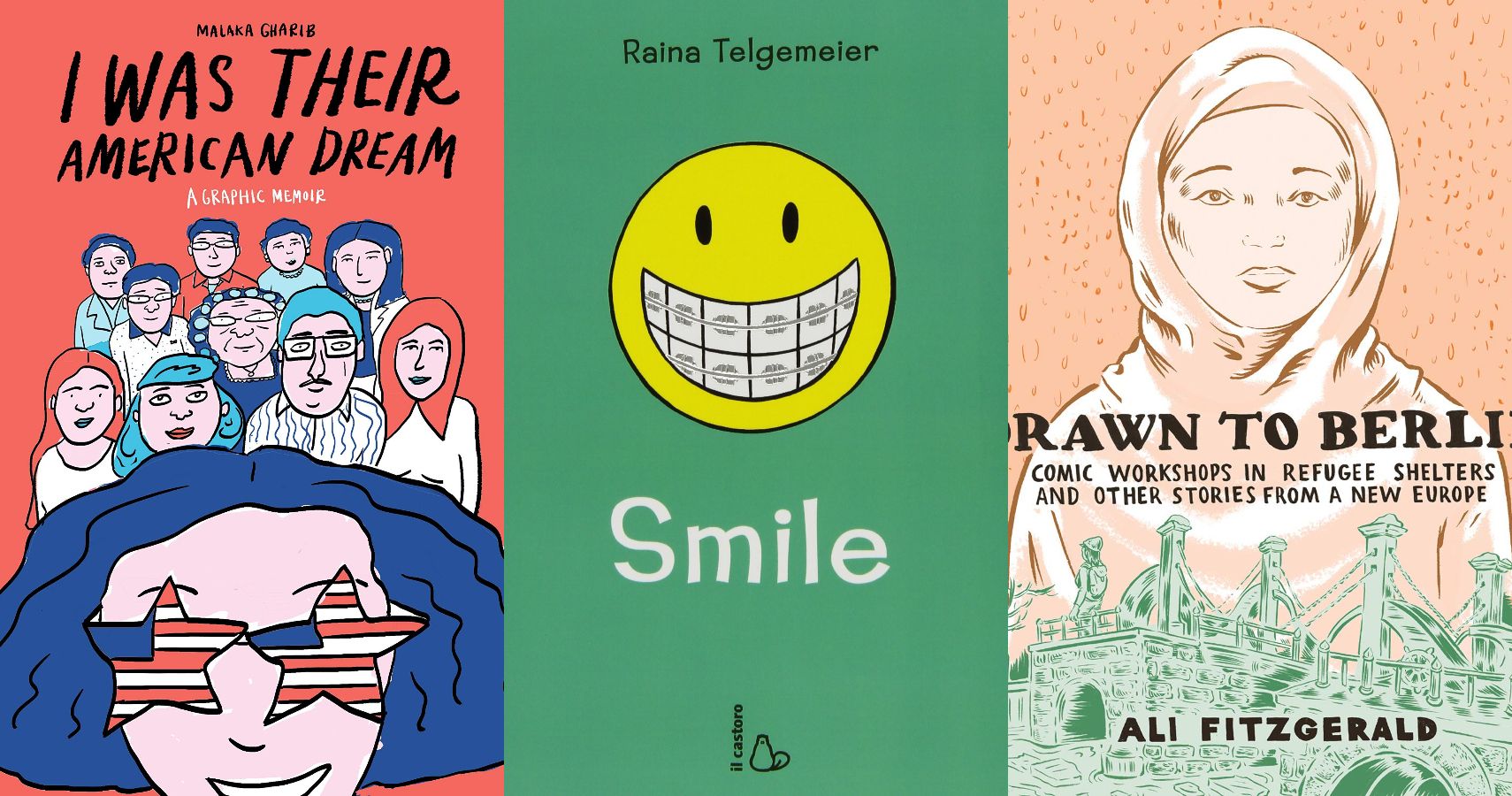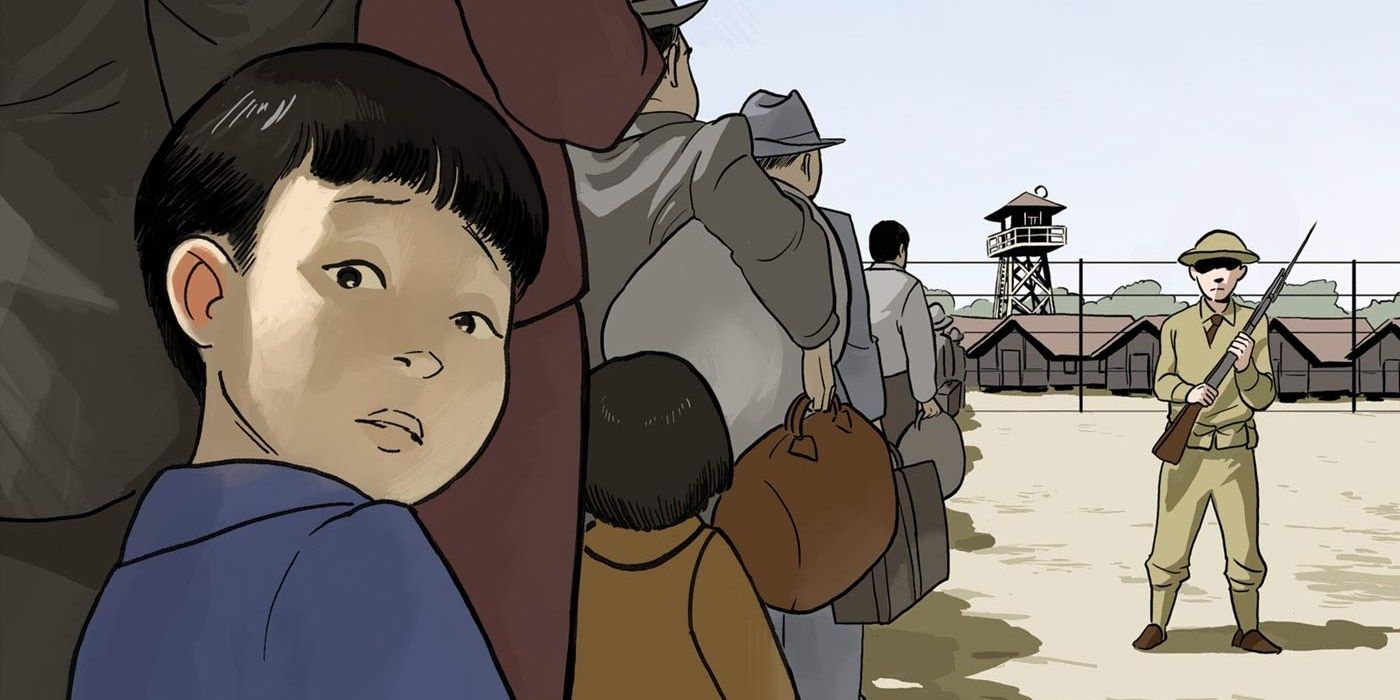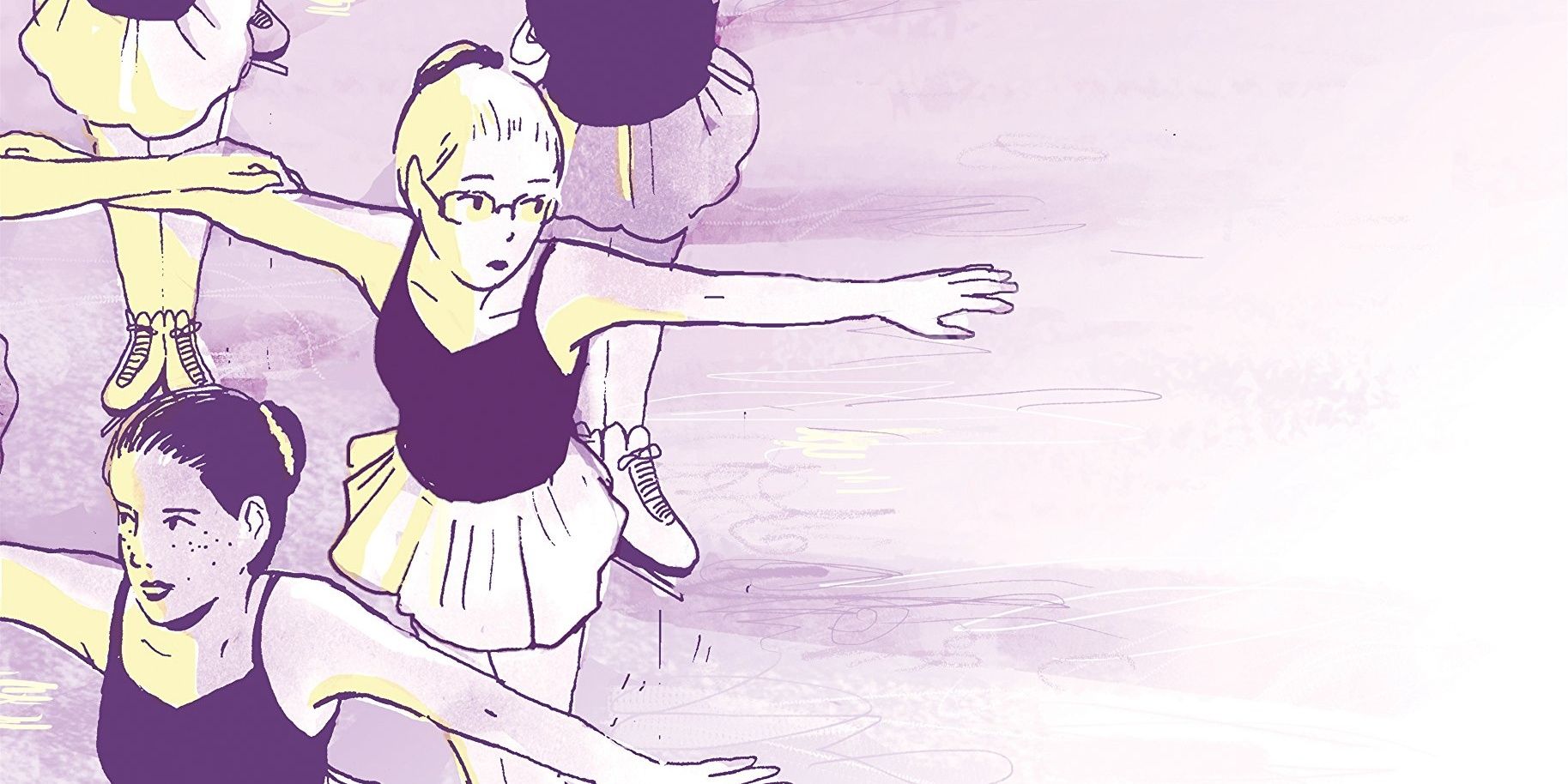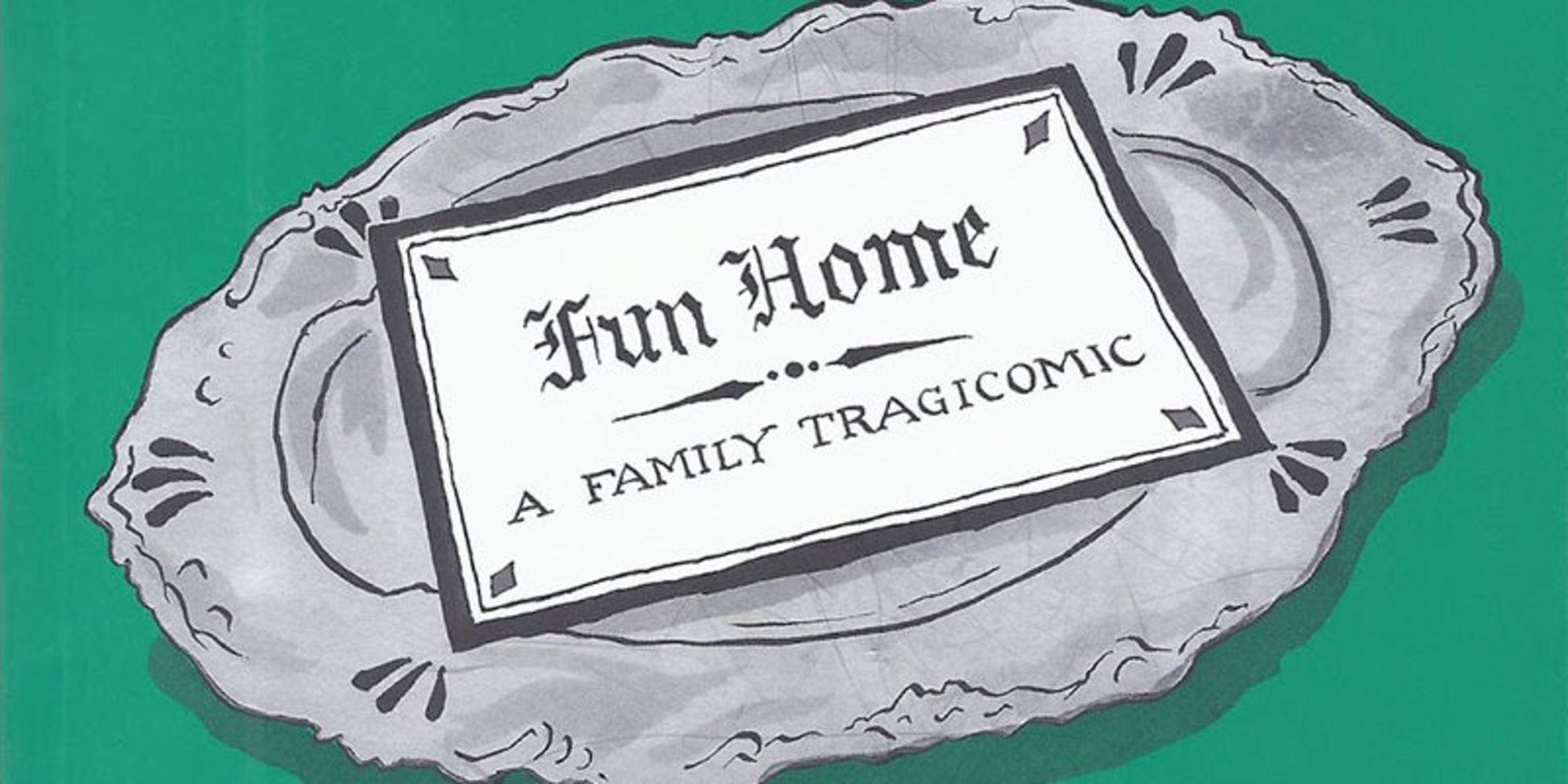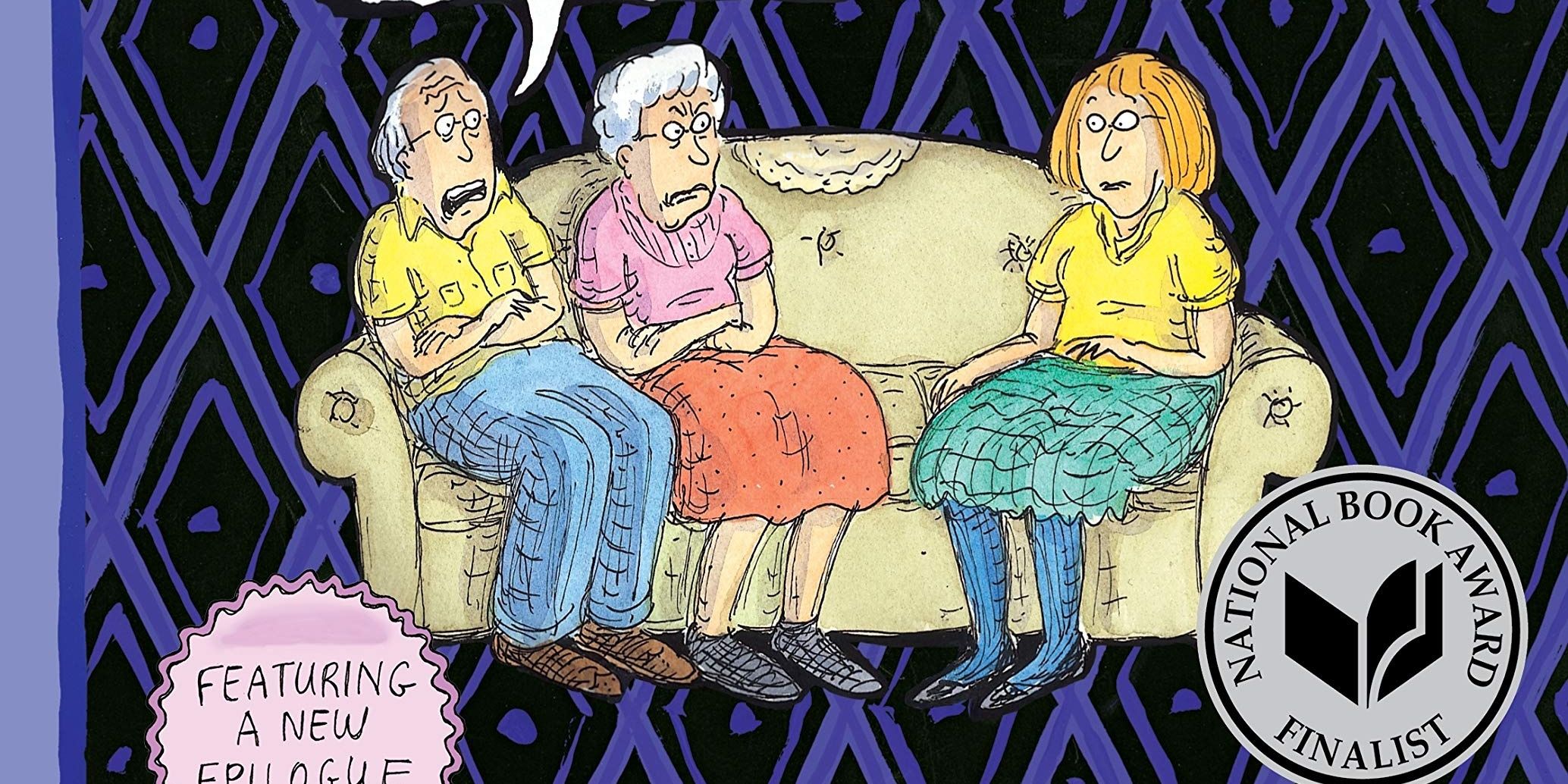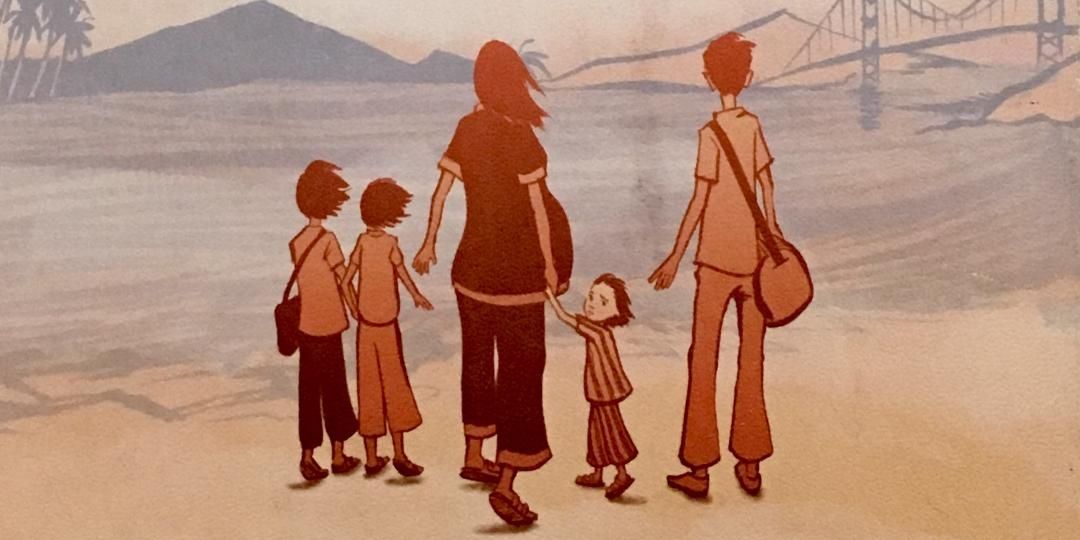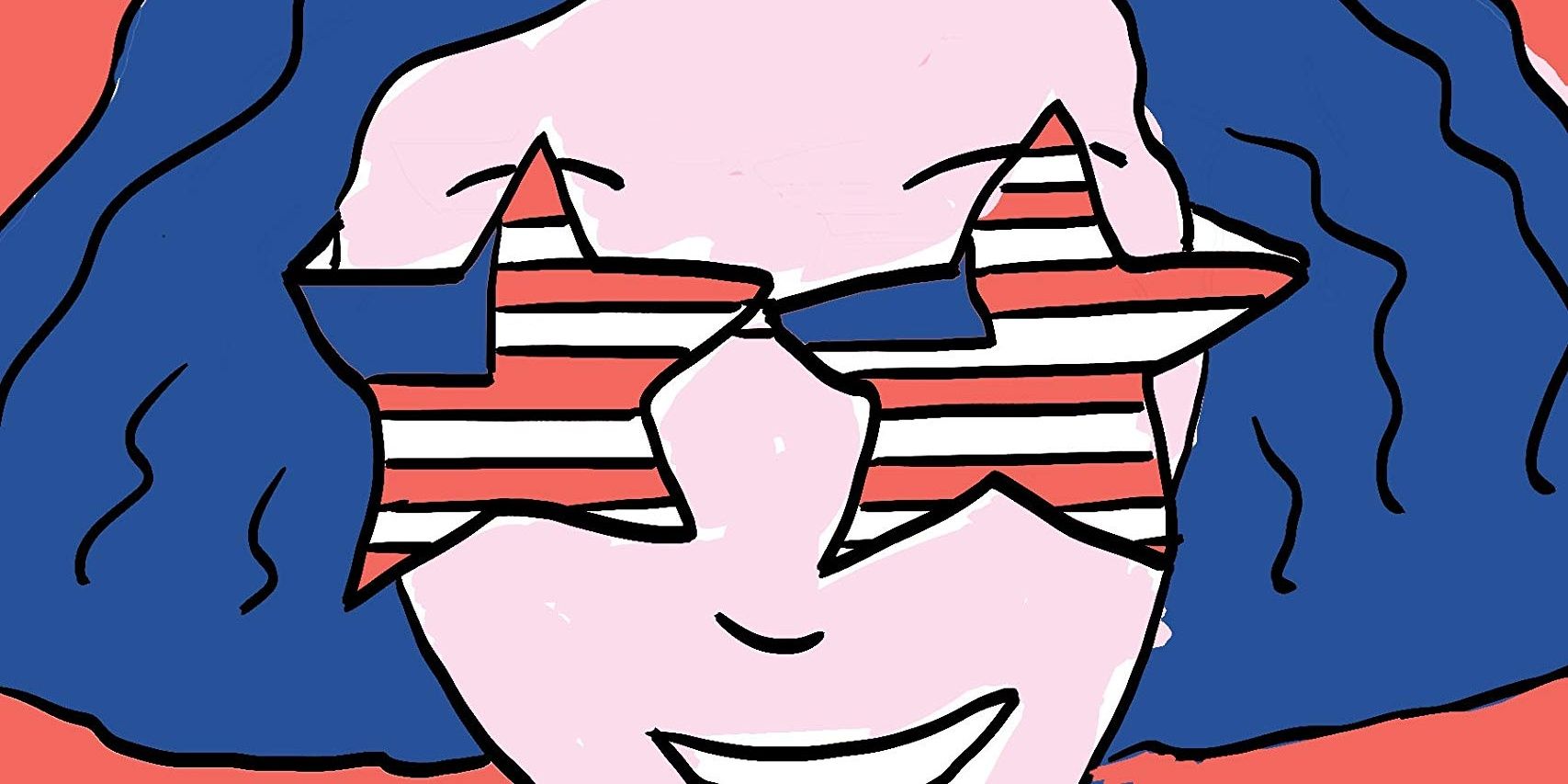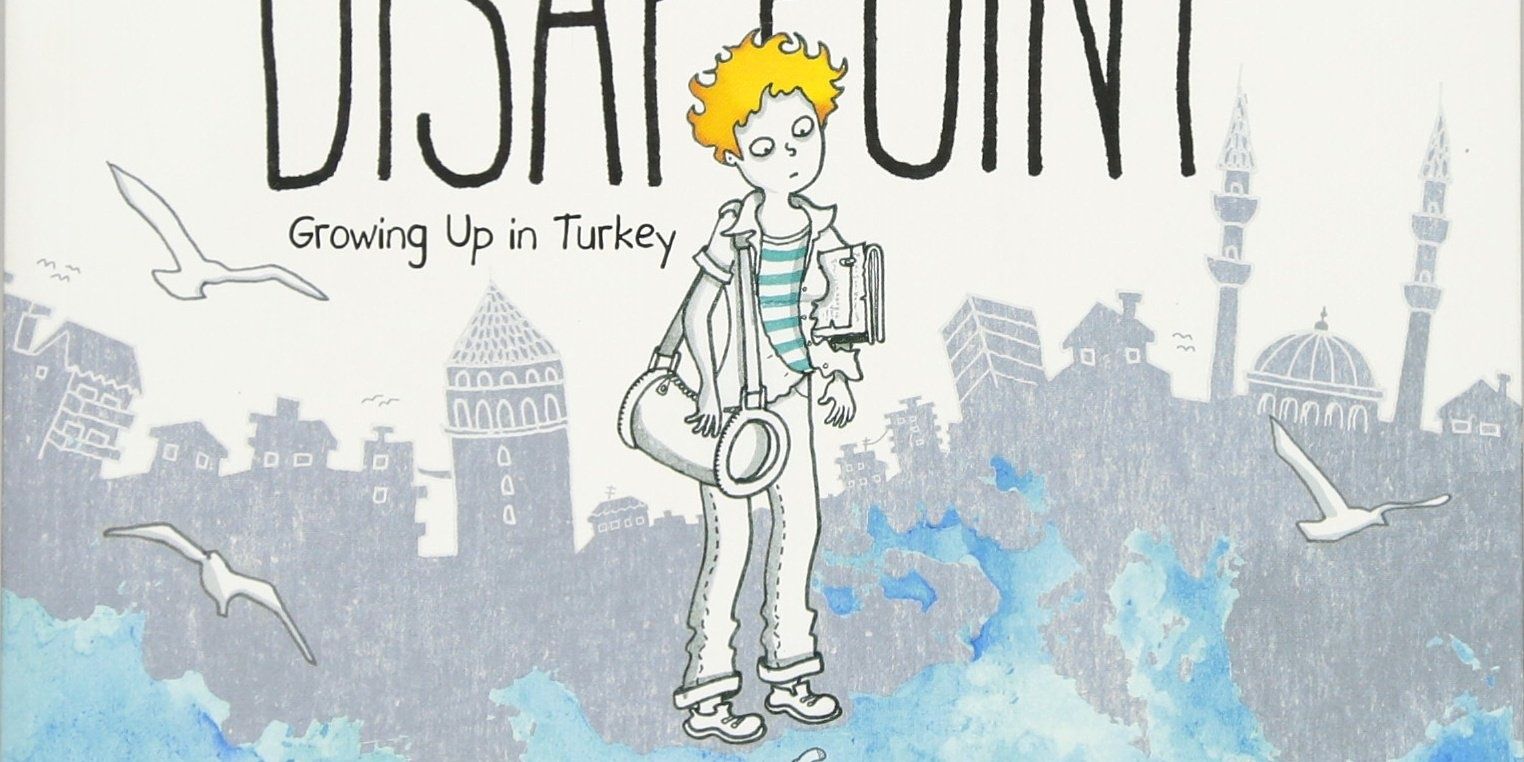Graphic memoirs are a fantastic medium to depict the highs and lows of one's life story. The imagery offers another level of depth in portraying emotions. Not only can one write about how they were feeling, but they can also show it too. This can help the reader experience these emotions second hand with more vibrancy.
Some of the graphic memoirs on this list take on single events while other trace patterns or circumstances over long periods of time. Regardless of which approach the author takes, these memoirs will make you feel something. You'll laugh, you'll cry, and you'll rage at injustice. You'll connect to the story in a way that's unique to the medium.
10 Cry: They Called Us Enemy (George Takei)
George Takei's memoir of his time in Japanese Internment Camps is a contribution to a tragic and often over-looked part of American history. There were ten internment camps that housed Japanese-Americans during the Second World War. Totally sanctioned by the government, these camps functioned out the fear that anyone with Japanese ancestry was more loyal to Japan than to the United States.
Takei focuses on the discrepancy between his experience of the camps as a challenging but exciting vacation and his parents' experience of shame and betrayal. He also stresses the way this part of our history is covered up. It's haunting how the government so easily justified this crime and how this mirrors parts of our present.
9 Laugh: Smile (Raina Telgemeier)
Raina Telgemeier was horrified when she learned she'd be getting headgear to fix her overbite. The fact that she only had to wear it at night was a small consolation in the face of all the other dental corrections she would put up with over her teen years.
Charming and funny, Smile is a retelling of all the procedures and pain Raina endured in order to have the perfect smile. It's packed full of relatable teenage anxieties and insecurities. It humorously reminds the reader just how agonizing it was to have your entire self-worth revolve around your appearance as a teen.
8 Cry: Spinning (Tillie Walden)
Spinning tells Tillie Walden's coming-of-age story as an ice skater discovering her own identity. It's a book with relatively few words but each word feels uniquely chosen to pack a strong punch. It's the kind of graphic novel that makes each panel feel deeply meaningful.
Walden brings you back to your own pre-adolescence. There are cliques, bullying, and the desperate need to belong. Walden also explores her own burgeoning queer identity and the impact that had on her skating career and social life.
7 Laugh: Fun Home (Alison Bechdel)
This list would be incomplete without the classic graphic memoir, Fun Home. In it, Alison Bechdel tells the story of her dysfunctional childhood. She focuses on her relationship with her father, a funeral director, English teacher, and closeted homosexual. Her father was cold and at times abusive but Bechdel nevertheless felt a strong connection to him.
Bechdel is brave in sharing her own shames and family secrets. The way she ties her own coming out with her father's closeted life and their shared obsessive-compulsive tendencies is bold in its depth and self-awareness. Fun Home is a book that inspired many graphic memoirs to come.
6 Cry: March (John Lewis)
March is a three-book graphic memoir by Congressman John Lewis. Congressman Lewis was an important figure in the Civil Rights Movement. He looks back on the events of the past from the inauguration of President Barack Obama in 2009. It's a powerful framing tool.
Congressman Lewis' story is one of violence perpetrated against activists, hardship, and, of course, virulent racism. Amid all of this, Lewis and his colleagues remained brave. March will make you weep at the cost of freedom, especially since in many ways, Black Americans are still not free. But it will also inspire you to put up the fight Lewis and others did.
5 Laugh: Can't We Talk About Something More Pleasant? (Roz Chast)
Roz Chast's graphic memoir may be about her parents' old age and eventual deaths but you're still likely to crack a smile while you read. To those who are unfamiliar with Chast's work, that may sound perverse. But she has the ability to find humor in the darkest of places.
Chast's parents are painted as huge characters, even as their bodies begin to shrink. There is humor in their paranoia and charm. Chast uses her trademark wit to weave humor into this natural tragedy. Can't We Talk About Something More Pleasant? was a finalist for the 2014 National Book Award.
4 Cry: The Best We Could Do (Thi Bui)
Upon the birth of her first child, Thi Bui reflects on her family's history. She and her family escaped Vietnam shortly after the end of the Vietnam War. Bui traces each of her parent's histories into her own childhood to show the way their experiences impacted their behavior as parents.
The Vietnam War is a tragedy itself but so is the way its effect rippled throughout generations. While Bui's father speaks freely about his life (after their relationship was repaired in adulthood), Bui's mother feels more comfortable speaking to Bui's white husband than Bui herself. War's consequences last much longer after the fighting stops.
3 Laugh: I Was Their American Dream (Malaka Gharib)
Malaka Gharib is Filipino-Egyptian-American. She's as confused about her identity as you might imagine.
She spends her school years with her Catholic Filipina mother in America and her summers with her Muslim Egyptian father in Egypt. Malaka doesn't really feel she belongs in either place, though.
2 Cry: Drawn To Berlin (Ali Fitzgerald)
Ali Fitzgerald is an American living in Germany during the most recent and ongoing refugee crisis. She teaches art and comics to young adults in Berlin refugee camps. Her students copy drawings from books, adding their own twists. Some of them are funny, others are heartbreaking.
Fitzgerald takes us through the history of this crisis, as well as the one that came before it in the early 20th century. She puts her students' experiences in their global context. These kids have been through so much but for many of them things will not get much better.
1 Laugh: Dare To Disappoint (Ögze Samanci)
Ögze Samanci wants to go to school so badly that one day she sneaks into her cousin's class. Once she's in school herself, she refuses to take off her school uniform. As she grows up, she takes to art. This, coupled with Turkey's political and economic climate of the time, provide plenty of familial strife.
Whether it's the way Samanci depicts her own unbridled enthusiasm, or simply the way she draws herself with uneven eyes and flame-like hair, there's plenty in Dare To Disappoint to chuckle at. It's partly a story of the ruptured idealism that comes with growing up and partly a rededication to following your dream. Both parts are told with cheek and just a hint of whimsy.

